1)
|
What do you think about when you
hear the word "protests"?
|
2)
|
Is it good or bad to protest?
|
3)
|
What protests are happening around
the world right now? Do you agree with them?
|
4)
|
How should police deal with
protestors?
|
5)
|
How have protests changed the
history of different countries?
|
6)
|
Why do governments protestors?
|
7)
|
What things do you need to take on a
protest?
|
8)
|
How many different things can you do
to protest?
|
9)
|
Is there a better way than
protesting to make your voice heard?
|
10)
|
Can a protest by one person be as
powerful as a protest by a million?
|
Can you see yourself, under a coconut tree
Wanting for nothing, or maybe a cooler breezeWhere all things romantic, in the south pacific
And the only peace is the spit on a feast, your feast yeah
Do you know what makes the ocean glow
Do you know what makes the ocean glow
When unwelcome guests, are making nuclear tests
Are making nuclear tests, are making nuclear tests
Are making nuclear tests
Oh yes, no nukes hah ahhhhhhh
Nuclear mis-energy, nuclear, nuclear, free yo yo yo yo yo
Is there nothing at all who can appease your greed
Could you please leave the air we breath
Why is it something we’ve done
You all seem to forget
About nuclear fallout and the long term effects
Is there anything gained when you hide the plane
Anything gained when you hide the plane
Let me be more specific, get out of the pacific
Ki te la pacific, get out of the pacific
Ki te la pacific
1. The groups says the land is historic and sacred and should instead become part of the ______ next to it.
2. Even on a grey windy day, it's easy to ___ the beauty of this place.
3. Pania Newton wants to ____ the land protected.
4. The landscape will be ________ by future generations.
5. I will try everything in my _______ to oppose this development.
6. Fletcher Building was ____________ for an interview today, but told Newshub it has plans in ____ to protect the historical elenmts of this land.
7. Fletchers plans include setting ____ 20% of the land as a protective ______ zone.
8. Archeologist Dave Veart says it ____ contains burial sites
9. Pania says she'll ____ at _____ to protect that history.

Kaupapa On the Couch: Parihaka
Leonie Hayden presents Kaupapa On The Couch, a six-part
webseries looking at interesting issues and events in te ao Māori.
In this episode Leonie explains what happened at Parihaka on
the 5th of November 1881 when a pacifist settlement in Taranaki was invaded by 1600
volunteer and Armed Constabulary troops. But most importantly, she explains why
the incident should never be forgotten.
Watch:
Kaupapa on the couch - Parihaka
raid
confiscation
to symbolise
fateful
korero
theft
iwi
detain
indefinitely
to object
heaps
stinkness
to stick around
descendents
prophecy
foretell
to name a few
sanctuary
peaceful resistence
OG
turn the other cheek
surveyor
to carve up
to plough
trek
The Crown
inhabitants
followers
evict
at the hands of
to disturb the peace
mourn
Fast forward
treatment
tyranny
dignity
immense
a household name
1881
1600
1860
NZ Settlements Act
The Supression of Rebellion Act
1.2 million
1866
Te Whiti
Tohu Kakahi
Rua Kenana
South Island
John Bryce
10-12
New Plymouth
Christchurch
2
1907
11
Attorney General
November 5th

Have you see pictures of this guy before? What do you think he does?
Te ka nohi ki te ka nohi
Tame explores how the old saying of "Te ka nohi ki te
ka nohi" (Dealing with it eye to eye) creates a far more productive space
for open dialogue around any issue.
Tame Iti (Ngai Tuhoe/Waikato/Te Arawa) is known as many
things... Activist, Artist, Terrorist and Cyclist. Literally wearing his Tuhoe
heritage on his face, Iti is hard to miss in a crowd despite being just 5ft
4" tall. His 40 year history of controversial and theatrical displays of
political expression have included pitching a tent on parliament grounds and
calling it the Maori embassy, shooting a national flag in front of government
officials and the curious spate of public meetings where he appeared with a
ladder so as to speak eye to eye with officials who were seated on stage. Iti
explores how the old saying of "Te ka nohi ki te ka nohi" (Dealing
with it eye to eye) creates a far more productive space for open dialogue around
any issue. "No one can tell you that you are not important and your
experience does not matter and if they do... I challenge them to say it to your
face... where they can see your eyes and feel your breath."
Watch:
Tame Iti at TED
Intro:
What four things does Tame show you before he speaks?
What are his people sometimes called?
How does Tame use silence in his talk?
Can you remember what each of these things were?
Maungapohatu
Ohinematroa
Te Rewarewa
Ruatoki
Te Urewera
Ngai Tuhoe
A mountain
A town
A Marae
A forest
A river
Is there a special landmark near where you live that symbolises your connection to that place?
Watch the rest and do the Kahoot at the end to test your comprehension.
15 question Kahoot
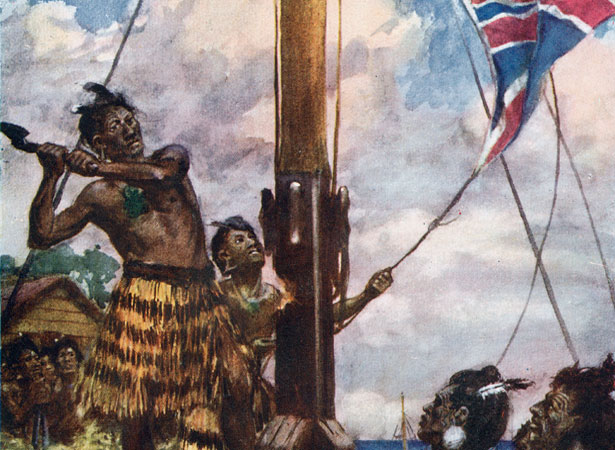
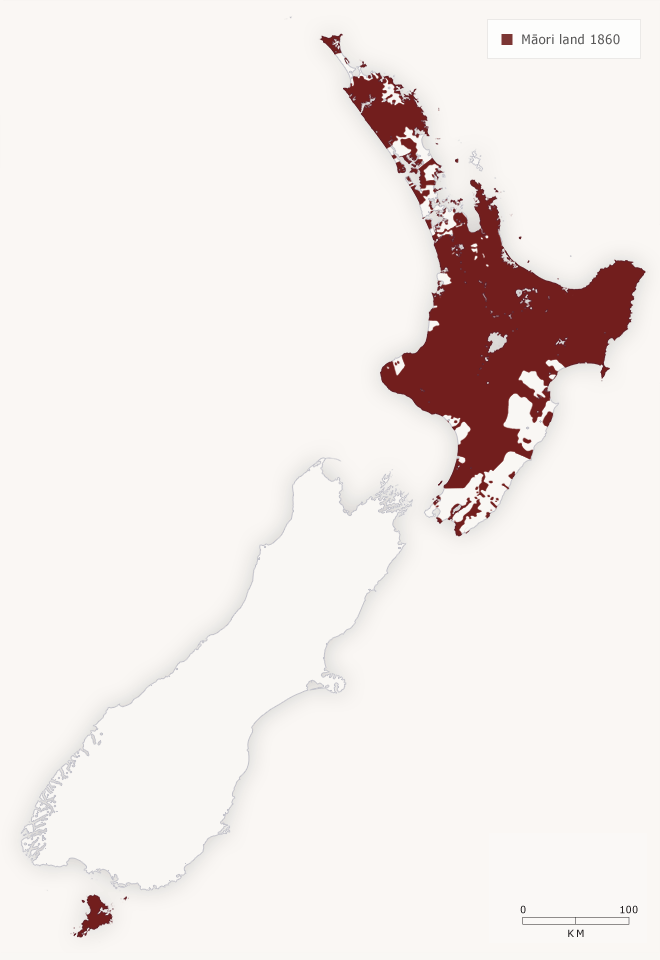

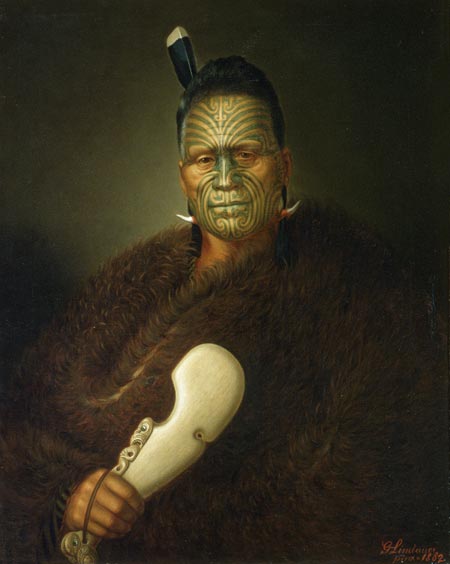


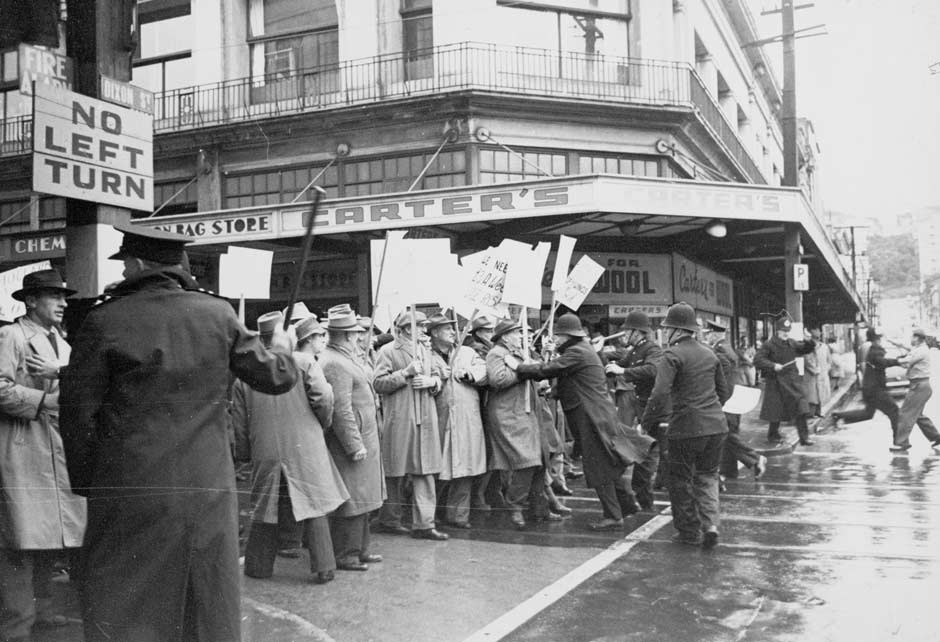

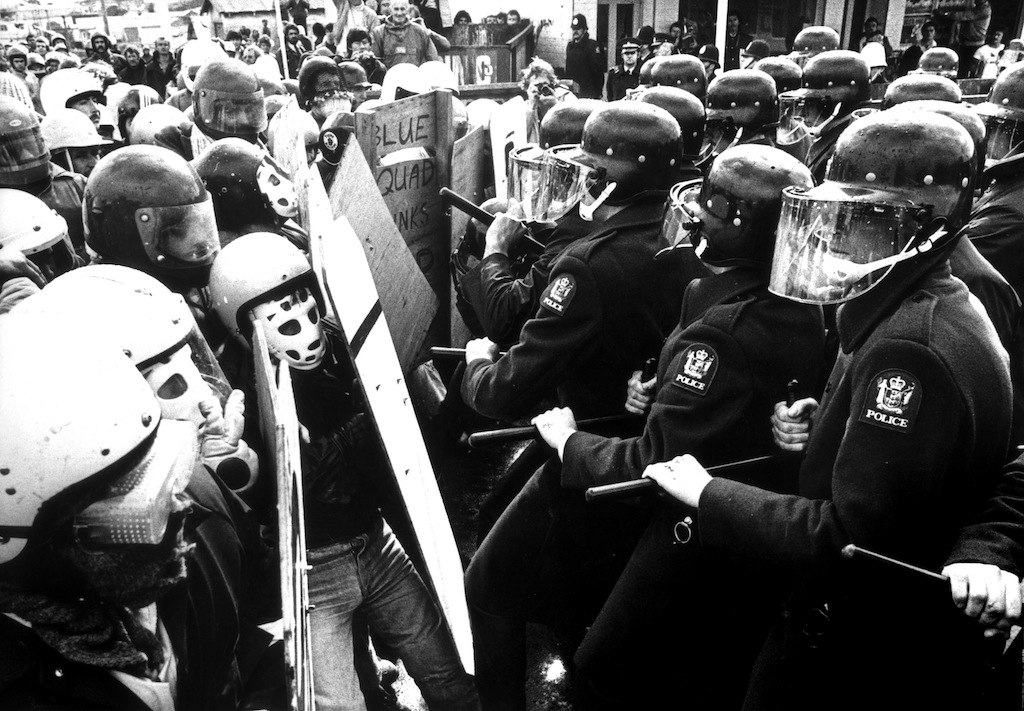
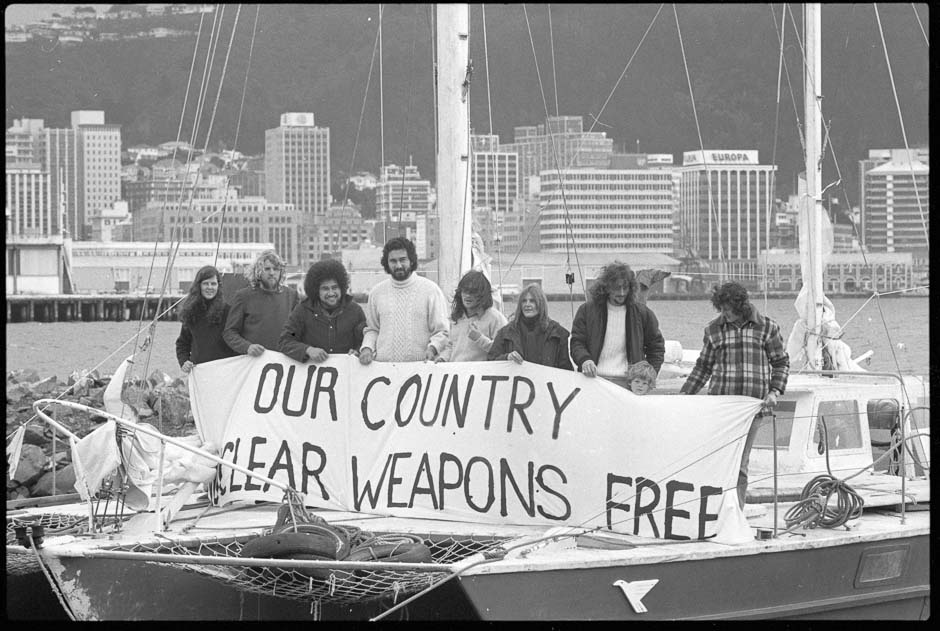

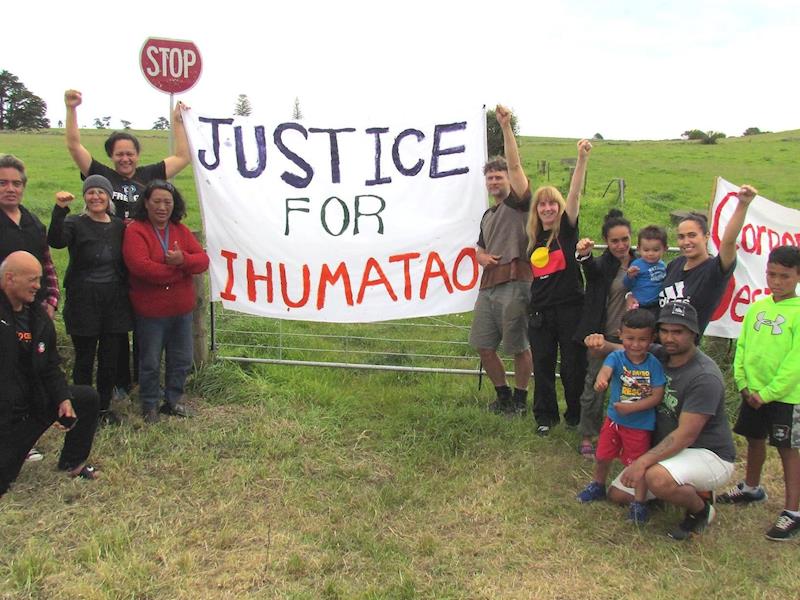
No comments:
Post a Comment